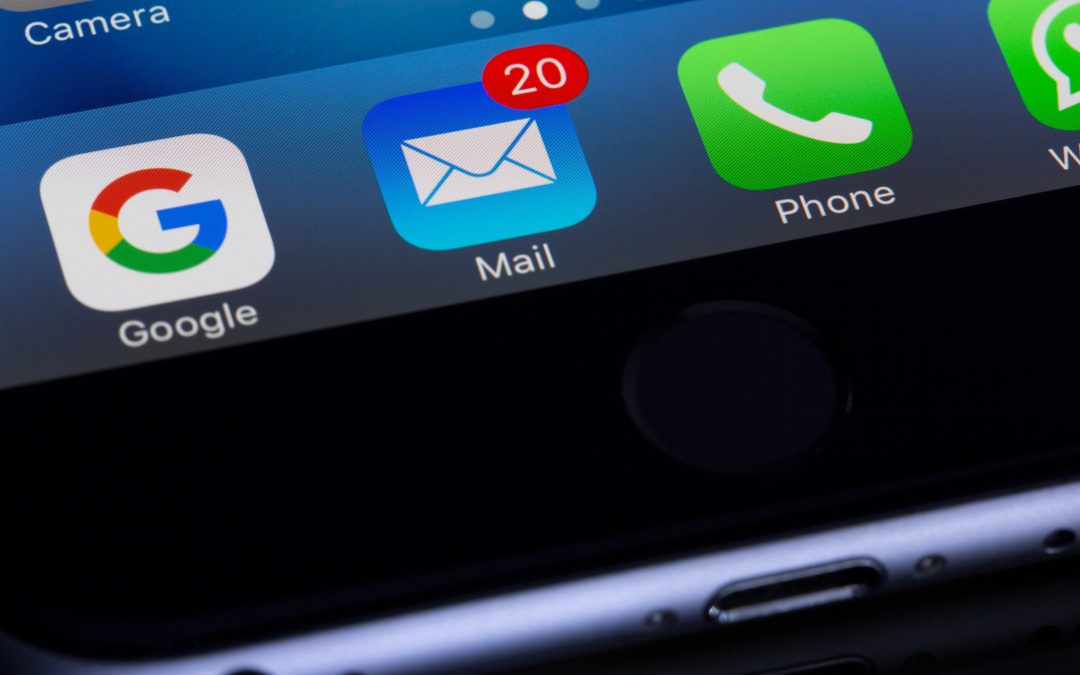A quick Google search will tell you that journalists have been announcing the death of email for over a decade, and yet, it’s still a primary means of communication in business. As digital communication tools continue to evolve, will this finally ring true?
Email revolutionised the way the world did business. The time savings on in-person meetings alone allowed far more productivity than pre-email days. As email became more popular, its sheer abundance was astounding. Not knowing when and how many messages would be received to unending chains of back and forth between co-workers and how to prioritise them was often overwhelming to the workforce.
As leaders in the enterprise IT and technology sector, IntraLAN discusses how evolving communication tools will impact business comms into the future.
Is email going the way of the dodo?
According to the data, not so much. A recent study by statista indicates that the number of worldwide email users will top an estimated 4.2 billion users this year with an astounding 333 billion emails sent. These numbers certainly don’t indicate the death of email. Whilst email doesn’t seem to be going anywhere, the number of collaborative tools available to businesses email usage will inevitably change.
What are the issues with email?
For the first three decades since its launch, email was the primary means of communication for businesses outside fax and phone. Now, there are dozens, if not hundreds, of ways for employees to communicate with one another that are less intrusive on productivity. From messaging applications like Microsoft Teams to project management software like Asana, employees can communicate within applications, keeping inboxes clear for more business-critical messages.
Too much spam
What is shocking is that nearly half of the approximate 333 billion emails sent annually are junk mail. While businesses typically implement spam filters, these aren’t fool proof and don’t catch everything. Additionally, we’ve all been victims of those company-wide emails with the reply-all function left on, filling our inboxes with unnecessary messages.
These, along with spam, subject line-only emails and emails that should be meetings, cause frustration to employees and have somewhat been alleviated with the implementation of messaging applications.
Generation Z has moved away from email
Whilst Generation Z is only just entering the workforce, it is set to impact working patterns in new, unique ways. Unlike previous generations, Generation Z prefers other forms of communication than email. As they become the majority generation within the workforce, the use of email for communication should lessen significantly. They could usher in the lingering demise of the communication dinosaur.
Emails are too time-consuming
According to Harvard Business Review, the average employee checks their email at least 15 times per day, equating to a minimum of 21 minutes per day. Emails and responding to them can take an exceptional amount of time that employees could spend on other, more business-critical tasks.
How can we be more productive with business email?
Don’t just jump in headfirst by purchasing 5G-ready devices without first implementing security measures to protect your business. Here are a few steps you
To help boost your teams’ productivity whilst using email, IntraLAN has put together a few tips you can easily implement to lessen those email frustrations:
- Only CC and BCC people who need to be a part of the email. So many emails received in business in email inboxes are unnecessary.
- Turn off notifications and set reminders to check emails. Turning off pop-ups from emails will decrease distractions, increasing productivity. Whilst this doesn’t work for every position, it could work for many.
- Use alternative communication methods where possible. Can this be a text, Teams chat message or phone call? If so, use those methods to alleviate a further clogged email inbox.
- Reply once you’ve read an email instead of coming back to reply. If you’re coming back to reply, you’re spending time reading it a second time. Read, reply and move on!
- If applicable for your role, turn off email notifications on your phone, tablet and other devices, once you end work. You will save time on emails and give yourself a better work/life balance.
- Turn off ‘reply-all’, especially when emailing company wide.
While the death of email has been predicted since 2011, numbers suggest otherwise. For more unified communications, ensuring your teams are connected whether they’re on-site or working remotely, IntraLAN’s team of enterprise IT and technology specialists can help.
Contact us today for more information.

